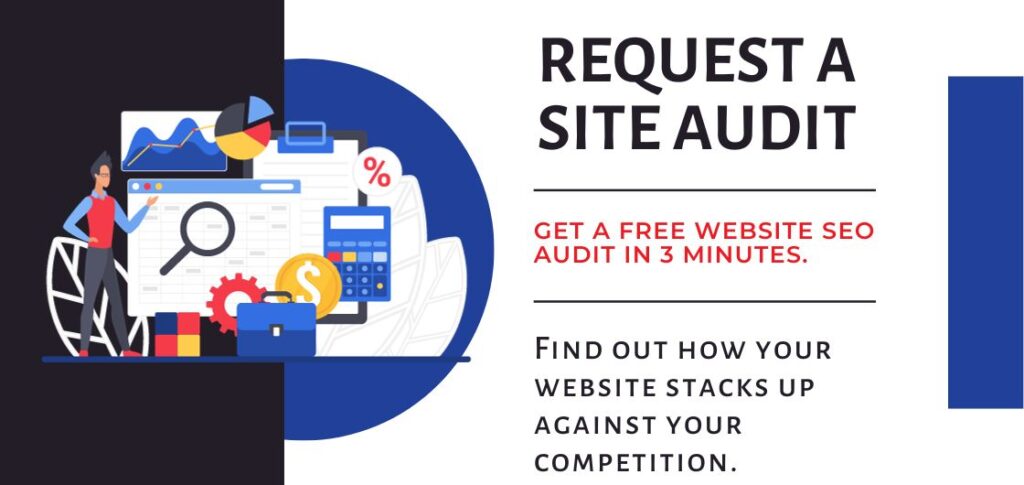Uncover the intricate web of backlinking in simple language with no jargon. This insightful overview provides a fundamental aspect of digital marketing and SEO. We’ll explore what backlinking is, its role in building a robust online presence, and how it impacts a website’s visibility and credibility in the digital landscape. These elements not only serve as the building blocks of a robust online presence but also play a pivotal role in determining the visibility and credibility of your website.
What is Backlinking?
At its core, a backlink, also known as an inbound link or incoming link, is a link from one website to another. These links act as digital recommendations, indicating to search engines that the linked content is valuable and authoritative. Essentially, backlinks serve as votes of confidence from other websites, promising the quality and relevance of your content.
Why Are Backlinks Valuable?
Enhanced Credibility: Websites with a substantial number of high-quality backlinks are often perceived as more credible and trustworthy by search engines and users alike.
Improved SEO: Backlinks contribute significantly to search engine rankings. Search algorithms, like Google’s PageRank, consider the number and quality of backlinks when determining a website’s position in search results.
Increased Traffic: Well-placed backlinks can drive referral traffic to your site, introducing new visitors who may become customers or loyal readers.
What is Anchor Text in Backlinks?
Anchor text refers to the clickable text within a hyperlink that uses a special command that jumps to other content in a web browser, usually to another page. It provides users with a brief description of the linked content’s topic and helps search engines understand the context and relevance of the linked page. Keyword-driven anchor text ensures that users and search engines grasp the content’s purpose without ambiguity.
Types of Anchor Text
Exact Match: The anchor text precisely matches the target keyword or phrase. For instance, if the keyword is “best SEO practices,” the anchor text would be “best SEO practices.”
Partial Match: The anchor text contains a variation or part of the target keyword. For example, the anchor text for the keyword “healthy recipes” could be “delicious and healthy recipes.”
Branded: The anchor text incorporates the brand name or business name. For instance, “OpenAI’s latest innovations” is a branded anchor text.
Generic: Generic anchor text employs generic phrases like “click here,” “read more,” or “learn more.” These are less descriptive but still provide context.
Why Does Anchor Text Matter?
Improved Relevance: Descriptive anchor text provides context, allowing users to anticipate the content they will find when they click the link.
SEO Benefits: Optimized anchor text helps search engines understand the content’s topic and relevance, contributing to higher search rankings.
Accessibility: Clear anchor text benefits users with disabilities who rely on screen readers to navigate the web.
The Anatomy of a Hyperlink
A hyperlink, often called a link, refers to data a user can follow by clicking, tapping, or activating. It consists of several components:
- Text: This is the visible part of the hyperlink, also known as anchor text, which users click on to access the linked content.
- URL (Domain Name): The URL is the web address to which the link directs users. It specifies the location of the linked resource on the internet.
- Anchor Tag: The anchor tag, enclosed in angle brackets < >, defines the beginning and end of the hyperlink. It surrounds the anchor text and includes the URL.
How is Backlinking Useful?
Enhancing SEO: High-quality backlinks from authoritative websites signal to search engines that your content is trustworthy and relevant, potentially leading to higher rankings in search results.
Building Authority: Backlinking from respected sources establishes your website as an authoritative voice in your industry, fostering trust among your audience.
Driving Referral Traffic: Well-placed backlinks attract visitors from other websites, expanding your audience and potentially converting them into customers or loyal readers.
Niche Relevance: Backlinks from websites in your niche or industry increase your content’s visibility among a highly targeted audience.
Content Validation: Backlinks serve as endorsements, validating the quality and credibility of your content, both in the eyes of users and search engines.
Backlinking, anchor text, and hyperlinking are fundamental to effective digital marketing and SEO. Understanding their roles and optimizing their use can boost your website’s credibility, visibility, and, ultimately, your online success.
Reference: Semrush

Kim works with brands since 2011 to develop and manage their digital and social media strategies; meet company objectives, such as increasing leads, engagement, and website traffic, utilizing best practices, the latest tools and strategies; and develop quality content. She is a problem-solver who loves a challenge when it comes to increasing sales.


